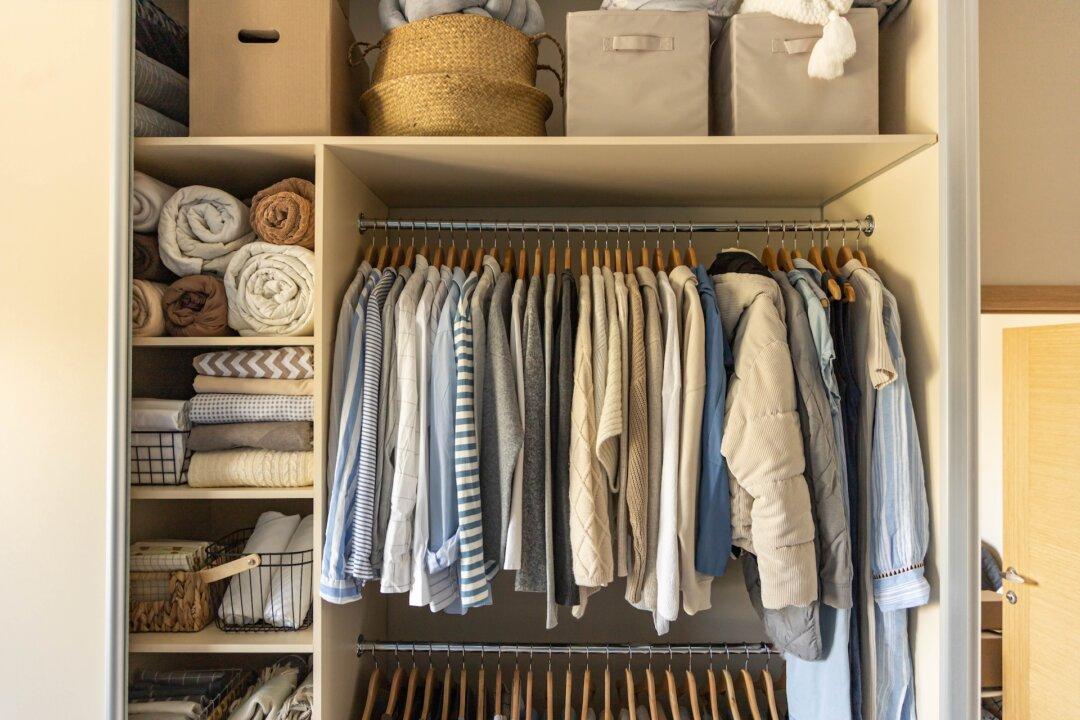Caulk fills and seals gaps around doors, windows, sinks, tubs, toilets, pipes, and wiring. It gives edges an attractive, seamless finish and keeps water and bugs from getting into the house where they can cause damage. Properly sealing windows, doors, and even your garage door is also a sure way to help to reduce heating and cooling bills.
Goodbye, Old Caulk
Unless you’re dealing with completely new construction, you need to remove all the old caulk. (If you’re working with new construction, skip to “Squeaky Clean Surface” below.)New caulk may not even stick to old caulk, but even if it does, the job is only as strong as the weaker caulk, and you’ll get lumpy, unattractive results. You’re putting a good amount of money and effort into the job, so do it right the first time.
Squeaky Clean Surface
Once you’re done removing the caulk, clean the work area to make sure there’s no dirt, dust, grease, or other debris left behind. A general household cleaner should do the trick, followed by a wipe-down with rubbing alcohol. Make sure the surface is completely dry before starting any work. You’ll want to do this cleaning step on new construction as well.
The Tape Trick
While some do-it-yourselfers can caulk a perfect line straight out of the tube, the rest of us will get a wobbly edge somewhere along the seam, or accidentally put some caulk where we don’t want it. Taping off both sides of the caulk line with blue painter’s tape will result in crisp, professional results.Be sure to press the tape against the wall following any bumps or indentations, such as the grout between bathroom tiles. Press firmly with your finger first, then follow with a blunt putty knife. You want a tight seal so that no caulk gets under the tape. When you do apply caulk (and don’t open that tube just yet!), apply as thin a layer as necessary to do the job. The tape will work as designed as long as you don’t gob the caulk on.
While you can use painter’s tape for painting and leave it on for multiple days and coats, you’ll want to remove it as soon as you’ve done all the caulking, and well before the caulk has fully cured. Be sure to remove the tape at a 45-degree angle from the wall and the caulk line itself.

Deploy the Caulk Gun
The two main styles of caulk guns are ratchet and smooth. Ratchet styles are normally less expensive, but they can be hard on the hands as a bit of force is needed to dispense the caulk. This makes it harder to control the flow, and in order to stop the flow completely, you have to pull the rod back so it’s no longer touching the tube.Smooth rod caulk guns are more expensive but dispense on average twice as much caulk with the same amount of force. Their dripless design means that when you stop pressing the trigger, the caulk stops, too.
Ready, Set, Caulk
Cut the tube at a 45-degree angle, keeping in mind that the closer to the tip that you cut, the smaller the bead of caulk will be; cut lower for larger gaps. If you’re working with multiple gap widths, cut closest to the top and do smaller areas first. Many newer caulk guns have built-in tip snippers and a small metal poker attached to punch the tube; if not, scissors and a coat hanger wire work just as well.For angled surfaces, push the gun, don’t pull—this forces more caulk into the gap. For flat surfaces, you’ll want to pull the tube; if you push too hard, the tube can dance around the surface. Once you start, keep the tip moving and apply steady pressure starting at one end and finishing at the next corner or transition point. If you can’t do it all at once, stop midway, then start at the other end and caulk until you meet the first bead.





